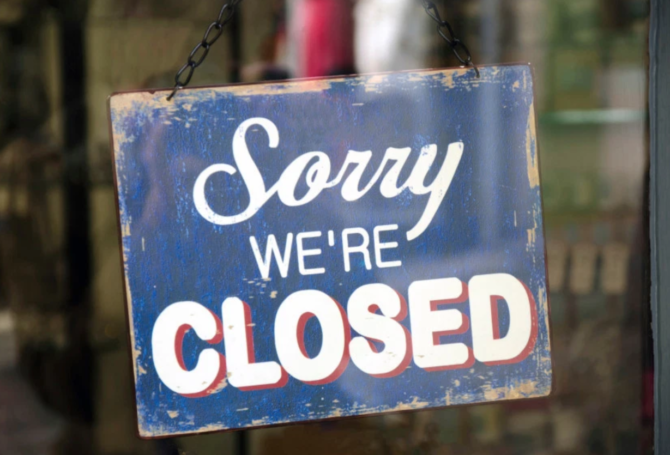
The 16-member, bipartisan Joint Committee on Coronavirus Response held virtual hearings this week to assess the health, economic and tax revenue impacts of the COVID-19 outbreak that has paralyzed Oregon and much of the nation. The forecast was gloomy.
Oregon faces a potential shortage of hospital and ICU beds. Health care professionals are running dangerously short of protective gear. Layoffs are skyrocketing and the state’s unemployment insurance fund is under pressure. Store shelves have been picked bare of essential items. Renters out of a job may face eviction. And state tax revenues are expected to plummet.
“Folks are scared and struggling,” Elana Pirtle-Guiney, legislative director for Governor Kate Brown, testified.
Lawmakers expect to go back into session to address coronavirus-related challenges. The special session is likely to follow after Congress has acted. Congress has passed and president Trump has signed legislation to make COVID-19 tests free, to provide many workers with up to two weeks of paid sick and family leave. Paid sick leave would be capped at $511 per day and paid family leave at $200 per day. More precise details are still filtering out.
At Trump’s urging, Congress will consider a $1 trillion economic stimulus measure, which include provisions to keep the hard-hit travel industry afloat, provide relief in some form for small businesses and send most Americans at least $2,000 each in two installments in April and May. These provisions could change markedly as House Democrats and Senate Republicans seek a compromise.
Nik Blosser, Brown’s chief of staff, sounded a clear alarm at the hearing that Oregon’s needs will exceed its financial resources. The next quarterly economic and revenue report is due out in May.
Several witnesses said the coronavirus emergency has exposed chronic problems such as a safety net with too many holes in terms of paid-leave, incomplete unemployment coverage and infrastructure to deal with a surge of patients caused by a pandemic. Caregivers face a choice between losing their jobs or staying home with children because public schools have been closed. Restaurant and other workers who depend on tips aren’t entitled to full unemployment benefits. Businesses have been hurt by supply chain disruptions and are grappling with the state’s new commercial activities tax.
Solutions mentioned at the hearing ranged from imposing a statewide moratorium on evictions and offering renter relief, streamlining enrollment and enriching benefits for unemployed workers and offering greater protection for front-line health care workers. All that will cost money, which the state may not have going forward. Despite sitting on more $1 billion in the Rainy Day fund, lawmakers may not have enough cash to address every need presented to the committee.
Apart from the legislative committee, major hospitals in Oregon are exploring a collective approach to enhance the state’s hospital bed inventory, secure needed medical equipment and align health care personnel to meet the anticipated surge of COVID-19 patients. To address bed capacity, Brown announced creation of a 250-unit temporary hospital on the State Fairgrounds property in Salem. While these extra beds will be vital to providing care for patients free of the virus, the state may find it difficult to recruit the trained medical personnel to staff the facility. These types of questions will plague state leaders as they begin preparing for weeks of crisis management.
So far, Brown has resisted ordering Oregonians to shelter in place, but that step may not be far away.



